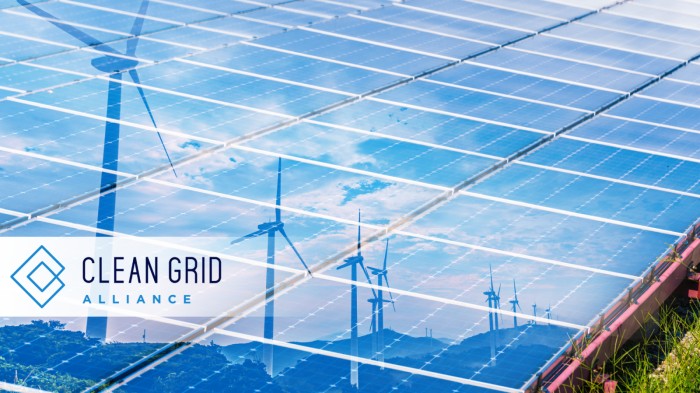Clean Energy Brings Benefits to Real People and Communities Across the U.S.
 | Molly Vagle, Communications Associate, Siting |

 | Molly Vagle, Communications Associate, Siting |
Clean energy projects bring real benefits to the local communities they are located in. These projects bring clean, reliable, affordable energy to the grid, but that only scratches the surface of the multitude of benefits created by these crucial projects. Wind, solar, and energy storage projects need real people to construct and operate them, bringing high-quality, family-supporting jobs to the local community. Beyond those direct employment opportunities, there are other jobs supported indirectly through supply chain purchases and higher spending from these workers, strengthening the local economy and tax base. Additionally, clean energy projects boost domestic manufacturing, bringing over 100,000 manufacturing jobs in the last two years. As a whole, the clean energy industry employs over 1,396,500 Americans.
The influx of workers and development in the area brings a wave of new economic activity. People have more money to spend more locally as clean energy projects pay taxes to the local jurisdictions they serve, adding new revenue and potentially easing the tax burden on locals. This bump in the tax base allows local governments to make essential purchases and upgrades, like education support and upgrades, road and bridge repairs, police, fire and health services additions and upgrades etc. Clean energy projects provide local communities nationwide with property, state, and local taxes totaling $2.6 billion annually.
Subscribe to our newsletter for the latest on energy & our work
Clean energy projects reduce energy costs. Utility-scale wind and solar energy remain the most affordable sources of new electricity in the United States. Lazard's Levelized Cost of Electricity (LCOE) shows that utility-scale solar and wind are cheaper than other energy sources, with battery storage costs falling fast and not far behind. Increasing deployment of these low-cost energy systems not only protects consumers from rising energy costs, but these projects are also some of the fastest energy sources to build and add to the grid. As states across the Midwest develop plans to secure their energy independence, wind, solar, and storage are some of the fastest, cheapest options available.
Recent federal headwinds may try to slow down the deployment of clean energy projects, and the benefits they bring. This will take jobs away from real people, increase electricity prices, and reduce domestic manufacturing. Some estimates show that 840,000 clean energy jobs are at stake in the next five years, and energy bills may rise $160 over the next year, and $400 over the next 10 years. Delaying new clean energy capacity additions cripples our nation's ability to meet skyrocketing energy demand from AI, data centers, and the electrification of our economy.
Clean energy is a significant and growing part of our energy supply and economy, with utility-scale clean energy capacity exceeding 320 GW nationwide and powering 80 million American homes, according to the American Clean Power Association. Solar generation has increased 34% in the first half of 2025 and is expected to account for at least 7% of total US energy generation this year. Wind energy is expected to sustain momentum for the next five years with an average annual installed capacity of 9GW over the next five years. 95% of projects waiting to connect to the grid are wind, solar, and energy storage projects with more than 2,000GW in the queue.
“Clean energy represented 93% of new capacity added to the grid last year because these sources are the best way to meet demand right now.
States have an opportunity to save time and money while meeting their urgent energy demands. Clean energy gives states a path forward to a secure, reliable, and economically prudent energy mix. America didn't achieve its status as a global superpower through red tape and bureaucracy. It took investment and initiative. Despite the recent headwinds, clean energy projects are still moving forward, and the industry is still progressing. We're here to stay.